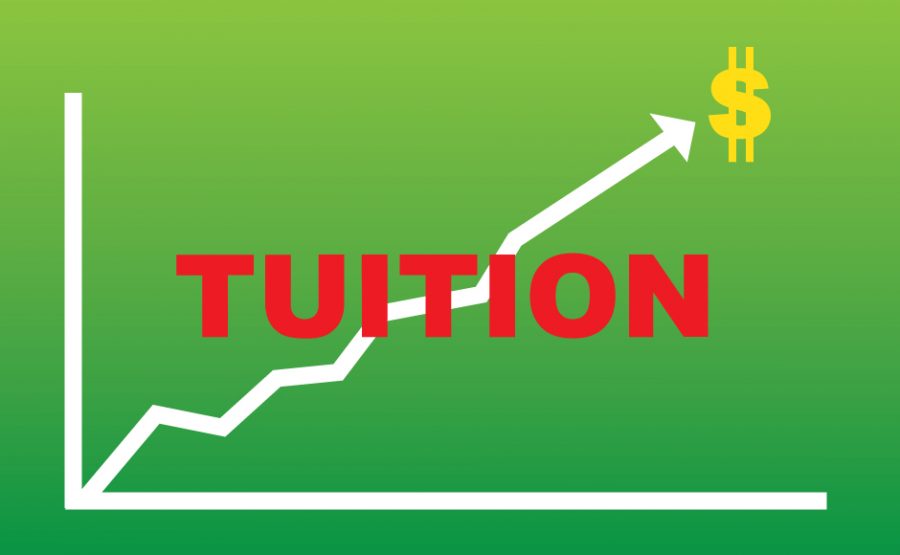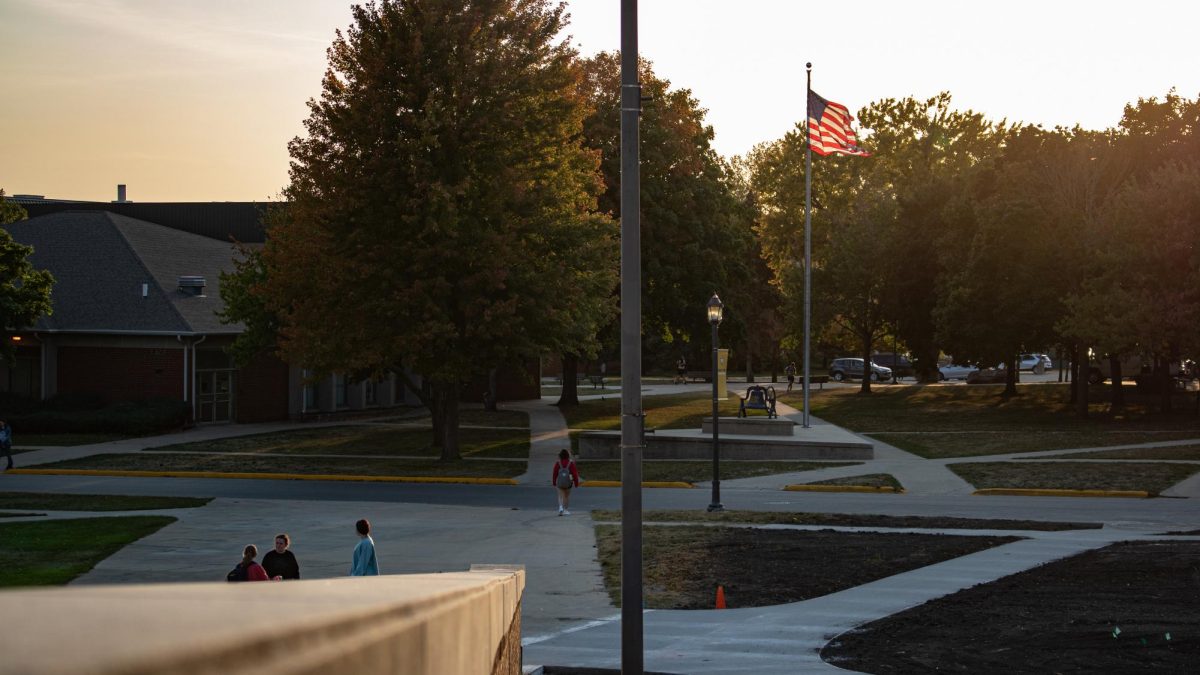Matt Meiners | Opinion Co-Editor
Tuition increase emails are sent out, and everyone freaks out! That time of year is around again, when not only at Buena Vista University (BVU) sends out emails saying that we have had another successful year and tuition is being increased. It has been happening all across the United States, and roughly around the past seven years, tuition has gone up. Recently in my State and Local Politics class we have had to investigate higher education and tuition increases.
Every year a state gives so much money to public education, including higher secondary education. For example, the state of Iowa gives money to Iowa, Iowa State, and University of Northern Iowa. Even private colleges receive some funding from the state. That Iowa Tuition Grant that most of us receive each year, yes, is state funding that is helping out a student at a private university. The problem is, ever since the recession, the federal government has given less to the states and they have to decide the best way to use that money. Whether higher education is a top priority for the states and their funding is another debate for another time. Currently higher education is showing not to be a top priority for the states.
A magazine called The Atlantic published an article in 2013 called, “A Truly Devastating Graph on State Higher Education Spending” that is still being studied by political scientists all the time. In the article there is a graph that shows how states have funded higher education per student from Fiscal Year 2008-2013. Arizona is at the top decreasing their spending 50.4% per student. Iowa was just around the half way point decreasing their spending 27.7%. There is a direct correlation with states that decrease their funding a certain amount and states that increase their tuition by a certain amount. Universities in Arizona on average has increased their tuition rates 78.4%. Iowa has increased their tuition rates at 14.5% being in the bottom third. There are only two states that have increased their funding for universities, Wyoming and North Dakota. That could easily be linked to the economic boom those states are having since the finding of an enormous amount of oil.
So where do we go from here? Just get mad and blame the universities for something they can’t really control, as they too are adjusting to the economy and how the government acts, or try and figure out where to actually look? Do we blame the states or the federal government? States are technically the ones that are funding the universities, but with money that comes from the federal government. Do we just wait it out? And the most important question, can we actually make a difference and make a change?
It’s hard to say, the federal government can’t force the states on what to use that money for. I mean, they could, but that would be idiotic considering every state is different and doesn’t need as much money as others. Then we also need to do a cost-benefit analysis on what is more important to states. Is it higher education or infrastructure, entitlements, grants, funding to state programs such as Department of Health, Labor, etc.? The list could literally go on, even the funding to the county and municipal governments that need to fix county roads, pay police and firemen, and mental health bills.
Maybe the place to look is into the federal government. If they mandate a price ceiling of what higher educational systems can charge, that would stop colleges from constantly increasing the price. On the other hand, why not also continue to try and make the interest rate go as low as possible? More and more we hear people say that education is a right, even higher education. Then why are we making it so difficult to receive? Mandate a price? Lower interest rates? Honestly, I don’t have the answer and I don’t know anyone who does. Right now the only answer I do have is to continue your higher education so that we can become more liberated and come up with ideas to solve this problem.
Graphic by Kyle Shade









